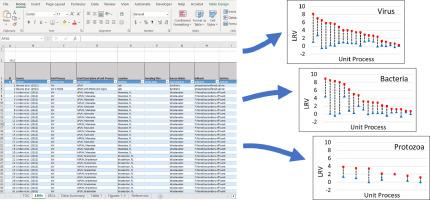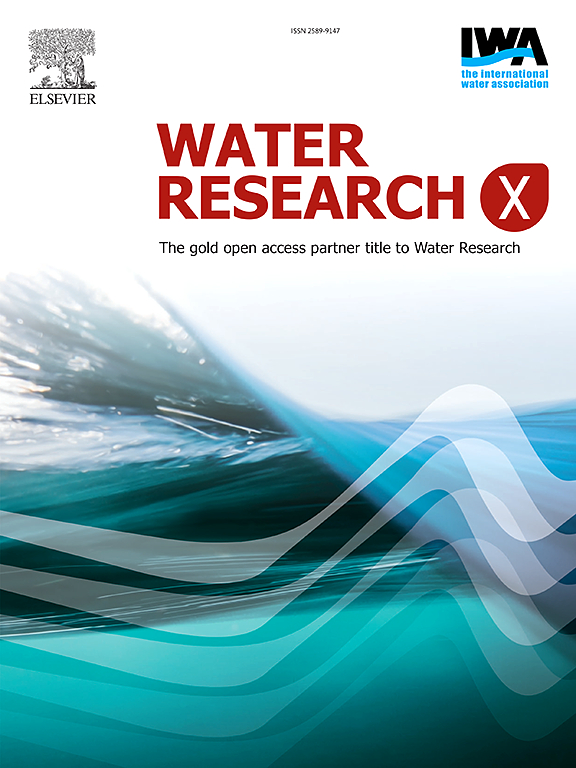A unit process log reduction database for water reuse practitioners
Abstract
Pathogen reduction for the purpose of human health protection is a critical function provided by water reuse systems. Pathogen reduction performance potential is dependent on a wide range of design and operational parameters. Poor understanding of pathogen reduction performance has important consequences—under treatment can jeopardize human health, while over treatment can lead to unnecessary costs and environmental impacts. Documented pathogen reduction potential of the unit processes that make up water reuse treatment trains is based on a highly dispersed and unstructured literature, creating an impediment to practitioners looking to design, model or simply better understand these systems. This review presents a database of compiled log reduction values (LRVs) and log reduction credits (LRCs) for unit processes capable of providing some level of pathogen reduction, with a focus on processes suitable for onsite non-potable water reuse systems. Where reported, we have also compiled all relevant design and operational factors associated with the LRVs and LRCs. Overall, we compiled over 1100 individual LRV data entries for 31 unit processes, and LRCs for 8 unit processes. Results show very inconsistent reporting of influencing parameters, representing a limitation to the use of some of the data. As a standalone resource, the database (included as Supplemental Information) provides water reuse practitioners with easy access to LRV and LRC data. The database is also part of a longer-term effort to optimize the balance between human health protection, potential environmental impacts and cost of water reuse treatment trains.


 求助内容:
求助内容: 应助结果提醒方式:
应助结果提醒方式:


